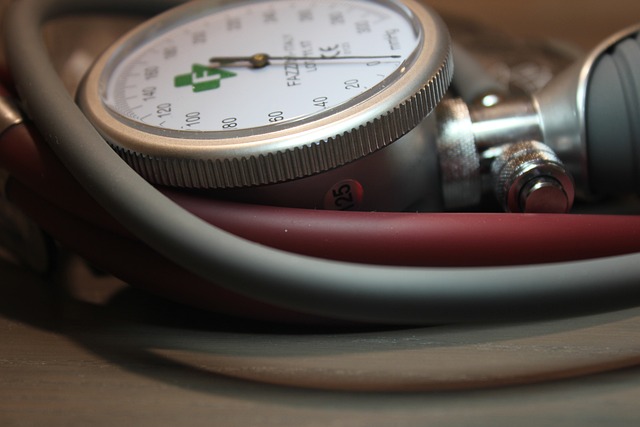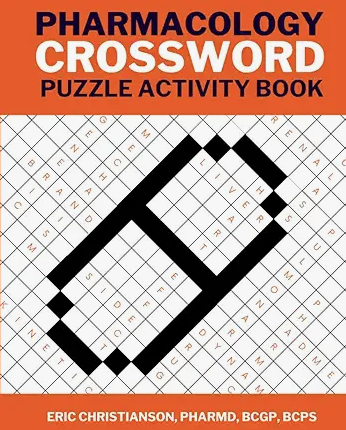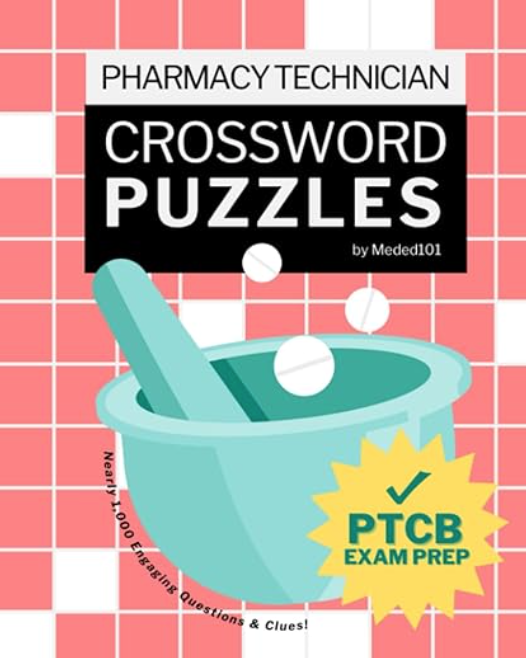Angiotensin Receptor Blockers are one of the most commonly used drug classes to manage hypertension. Many clinicians prefer using these medications even over ACE inhibitors to reduce the risk of running into the ACE inhibitor-related cough. This is the primary advantage of ARBs over ACE Inhibitors. We wanted to put together an ARB comparison table to help you identify the differences between some of the agents in this important medication class.
| Drug Name | HTN Dosing | Indications | Half-Life | Elimination | Miscellaneous |
| Losartan | 50-100mg/day divided Up to 150 mg/day in HF | HTN, diabetic nephropathy; Off-label: HFrEF, NSTEMI ACS, posttransplant erythrocytosis, nondiabetic proteinuric CKD, Gout, hyperuricemia | 1.5-2.5 hours | Primarily fecal and significant renal | Available in combination with HCTZ QD-BID dosing |
| Valsartan | 80-320mg QD | HTN, HFrEF, Post-MI; Off-label:proteinuric CKD | 6 hours | Primarily fecal and some renal | Available in combination with HCTZ, amlodipine |
| Irbesartan | 150-300mg QD | HTN, diabetic nephropathy; Off-label: NSTEMI ACS | 11-15 hours | Primarily fecal and some renal | Available in combination with HCTZ |
| Telmisartan | 20-80mg QD | HTN, CV risk reduction | 24 hours | Fecal | Available in combination with HCTZ, amlodipine |
| Candesartan | 8-32mg QD | HTN, HFrEF; Off-label: migraine ppx, NSTEMI ACS, proteinuric CKD | 5-9 hours | Primarily fecal and significant renal | Available in combination with HCTZ |
| Olmesartan | 20-40mg QD | HTN; Off-label: NSTEMI ACS, proteinuric CKD, STEMI | 13 hours | Fecal and Renal | Available in combination with amlodipine and HCTZ Rare cases of enteropathy reported |
| Azilsartan | 40-80mg QD | HTN | 11 hours | Fecal and Renal | No generic currently available, brand drug Edarbi Available in combination with chlorthalidone |
Losartan is probably the most common ARB that I see used in practice. It is important to look at the half-life of this medication and ensure that your patients are receiving adequate blood pressure lowering all throughout the day. With a relatively short half-life, BID dosing may be necessary for your patient. If twice daily dose is an issue, you want to look elsewhere.
One unique effect noted in the ARB comparison table of losartan is that it has been shown to lower uric acid. While not necessarily used for this indication, it may be a consideration in gout patients known to have higher uric acid acid levels.
Another thing to note in the ARB comparison table is olmesartan. Olmesartan is an interesting ARB and does have a nice half-life that is conducive to once-daily dosing. One rare adverse effect to note is that it has been associated with enteropathy. If you have a patient who has a GI diagnosis where diarrhea and other GI symptoms are problematic, it may be advisable to avoid this ARB. In patients who report diarrhea or other GI symptoms after using olmesartan, it would be important to rule out this medication as a potential contributing factor.
This table was put together by Amy Van Loon, PharmD Candidate.
- 30 medication mistakes PDF
- 18+ Page Drug Interaction PDF
- 10 Commandments of Polypharmacy Webinar based on my experiences in clinical practice









I really enjoy reading your blogs. I find your objectivity as refreshing as the “Pharmacist Letter.” I use your insights almost daily when consulting.
Thanks so much Jim! Appreciate it!